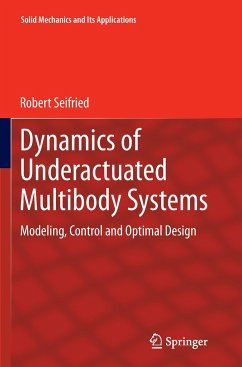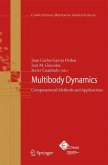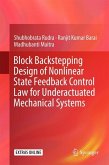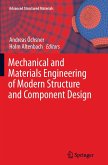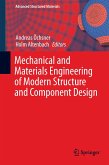Underactuated multibody systems are intriguing mechatronic systems, as they posses fewer control inputs than degrees of freedom. Some examples are modern light-weight flexible robots and articulated manipulators with passive joints. This book investigates such underactuated multibody systems from an integrated perspective. This includes all major steps from the modeling of rigid and flexible multibody systems, through nonlinear control theory, to optimal system design. The underlying theories and techniques from these different fields are presented using a self-contained and unified approach and notation system. Subsequently, the book focuses on applications to large multibody systems with multiple degrees of freedom, which require a combination of symbolical and numerical procedures. Finally, an integrated, optimization-based design procedure is proposed, whereby both structural and control design are considered concurrently. Each chapter is supplemented by illustrated examples.
From the reviews:
"This is a compact monograph on underactuated multibody systems. 'Underactuated' refers to systems with more degrees of freedom than there are actuators, or controls. ... The book is well written with well-prepared figures and excellent editing. ... the book is likely to be a very useful reference for those theoreticians, students, and practitioners working in one of the many areas discussed." (Ronald L. Huston, zbMATH, Vol. 1283, 2014)
"This is a compact monograph on underactuated multibody systems. 'Underactuated' refers to systems with more degrees of freedom than there are actuators, or controls. ... The book is well written with well-prepared figures and excellent editing. ... the book is likely to be a very useful reference for those theoreticians, students, and practitioners working in one of the many areas discussed." (Ronald L. Huston, zbMATH, Vol. 1283, 2014)

